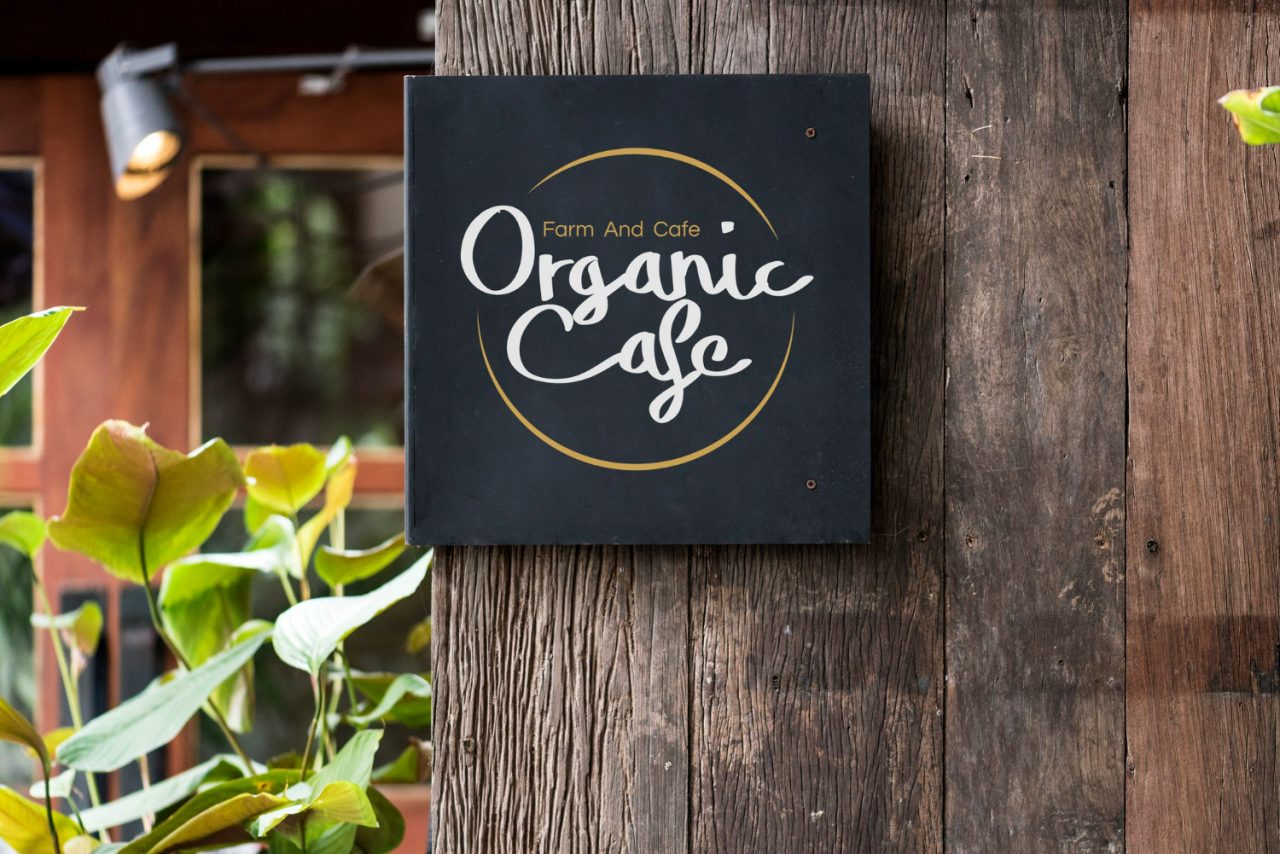Choosing the right name for your takeaway or restaurant is an essential part of establishing your brand’s uniqueness. The name functions as the primary point of contact, establishing the initial charm and captivating interest for prospective customers. The initial impression people have of your business, whether through hearing or seeing means, is of utmost importance. Therefore, it is crucial to ensure that this impression aligns with your target audience and effectively establishes the ambiance for the dining experience they can anticipate. Listed below is a comprehensive guide that aims to assist you in effectively navigating the complex task of naming your takeaway or restaurant.
1. Understanding your brand identity
Understanding your brand’s identity is the first step in selecting the appropriate name for your takeaway business. What are the key characteristics you want customers to associate with your brand?
Consider the food, style, location, and target demographic of your restaurant. For example, if you launch a quick, informal Mexican takeaway in a bustling city centre that caters to office employees, your brand identity may focus around quick, fresh, and tasty cuisine. In this situation, names like “Salsa Speed” or “Rapid Rico’s” would be appropriate for your brand.
Once you’ve established your brand identity, use it as a compass to lead you through the process of brainstorming name ideas.

2. Creative-backed name
Creativity is key when brainstorming possible names for your takeaway restaurant. Don’t be afraid to think outside the box. Word association is an excellent tool for this part of the process. Think of words related to the food you serve, the ambiance of your restaurant, or the location of your establishment.
For example, if you’re opening a seafood takeaway in a coastal town, words like “anchor”, “tide”, “breeze”, “sea”, “sail”, “net” might come to mind. Combine these words with terms related to food or service, like “Net’s Fresh Catch” or “Tide’s Tasty Treasures”.
3. Consider your target market
While creativity is crucial, it’s equally important to bear your target market in mind. A name that doesn’t resonate with your customer base can be detrimental to your business. If your takeaway caters to an older, more traditional crowd, a trendy name like “Fish Fry Frenzy” might not sit well with them. Instead, consider names that reflect stability, tradition, and quality like “Time-Honored Seafood”.
On the other hand, if your target market consists of younger customers or hip urbanites, a quirky or trendy name could be a big hit. In this case, a name like “Fish & Flip” or “Bite the Bait” could work.
Related article:
10 steps to supercharge your takeaways marketing

4. Simplicity and pronunciation
No matter how creative or meaningful a name is, if it’s complicated or difficult to pronounce, people will struggle to remember it, let alone recommend it to others. The takeaway’s name should be simple, catchy, and easy to pronounce.
For instance, if your takeaway specializes in Thai cuisine, a name like “Sawatdee Snacks” is a much better choice than a longer, more complicated phrase. “Sawatdee” is a common Thai greeting, and “Snacks” communicates what you offer, all while being simple and memorable.
4. Online presence and availability
In the contemporary era of technological advancement, it is of utmost significance to possess an acronym that is optimally compatible with the online realm. Check the availability of the domain name, as well as the presence of corresponding social media handles on popular platforms such as Facebook, Instagram, and Twitter. The implementation of consistent naming conventions across multiple platforms serves to strengthen your brand identity and simplify the process by which customers locate your online presence.
Utilise web-based utilities for the purpose of verifying the availability of domain names and social media handles. To check domain name availability, just type it into GoDaddy’s search bar and they will tell you immediately if it is available or if someone else already owns it. In the event that the name you have selected is already in use, it is important to remain undeterred. To identify an accessible domain or handle, it is possible to incorporate terms such as “eat,” “dine,” “grab,” or “go” into the name.
5. Reflect on cultural sensitivity
In our increasingly globalized world, businesses, including restaurants, interact with a diverse clientele with varied cultural backgrounds. As such, it’s essential for establishments to consider cultural sensitivity when naming their ventures. A name that might sound catchy or meaningful in one language could carry unintended or even offensive meanings in another. Additionally, using cultural terms or symbols without understanding their depth can come off as insincere or appropriative. A misstep in this area not only risks alienating potential customers but can also lead to public relations disasters and tarnish a brand’s reputation.
Moreover, with the rise of social media and digital connectivity, a culturally insensitive restaurant name can quickly become viral for all the wrong reasons. Today’s consumers are more informed and conscious of cultural appropriation and insensitivity, and they expect businesses to be equally aware and respectful. Restaurants, as places where cultures often come together in the form of culinary experiences, have a particular responsibility to ensure that their branding, including their names, celebrates rather than mocks or misrepresents diverse traditions and backgrounds.
6. Assessing the competitive landscape
Before settling on a takeaway or restaurant name, it’s imperative to investigate both local and broader competitive landscapes. The local scene provides insights into the preferences and expectations of your immediate audience, ensuring you’re not inadvertently selecting a name that’s too similar to another establishment close by. Such oversight could lead to confusion, dilute your brand’s impact, and may even give an impression of imitation, all of which can be detrimental to your establishment’s reputation. Furthermore, with today’s interconnected world, even a local restaurant can draw tourists and visitors from broader regions, so understanding the immediate naming trends is pivotal.
Expanding the scope of your research to a wider area offers another layer of protection. As businesses expand, franchises emerge, or even as internet reviews highlight popular spots, a restaurant in a distant city with a name similar to yours might become well-known, potentially causing brand confusion. It’s not just about avoiding legal entanglements, but also ensuring your brand can stand out and be uniquely identified in online searches, reviews, and discussions. By thoroughly researching both local and extended landscapes, restaurateurs can select a name that is distinct, memorable, and free from any unintended associations.
5. Legal considerations
Before finalizing your restaurant’s name, it’s important to ensure it’s not already trademarked. You can check this by using the UK trademark search tool (or a similar tool in your country). Legal issues over a name could lead to costly litigation and a potential name change down the line.
6. Test your name
After completing the task of narrowing down a list of potential names, it is recommended to proceed with the evaluation of these names. Advise individuals to pass on the information among friends, family members, and potential customers in order to assess their responses. An additional method to assess the reception of various names is through the implementation of a focus group or an online survey. This feedback has the potential to offer valuable insights and assist you in selecting an optimal name.
The primary objective is to select a name that effectively embodies your brand, connects with your wanted demographic, and distinguishes your establishment within the highly competitive realm of takeaway restaurants.
Conclusion
Choosing the right name for your takeaway or restaurant can seem daunting; however, by understanding your brand, engaging in imaginative ideation, thinking about the demographic you are targeting, prioritising simplicity and phonetic ease, verifying online and legal accessibility, and conducting name trials, you can procure an identity that not only embodies your enterprise but also strikes a chord with the customers you serve.
Remember, a name is more than just a label. It’s the first chapter of your brand’s story, the one you’ll write every day with the food you serve and the service you provide. Make sure it’s a name you’re proud of, one that will make your takeaway restaurant a favorite choice among your patrons.





